
The lowland nyala, scientifically known as Tragelaphus angasii, is a captivating and elusive antelope native to the southern regions of Africa. Renowned for its distinct spiral horns, this medium-sized herbivore holds a vital place in the intricate tapestry of the African savanna.
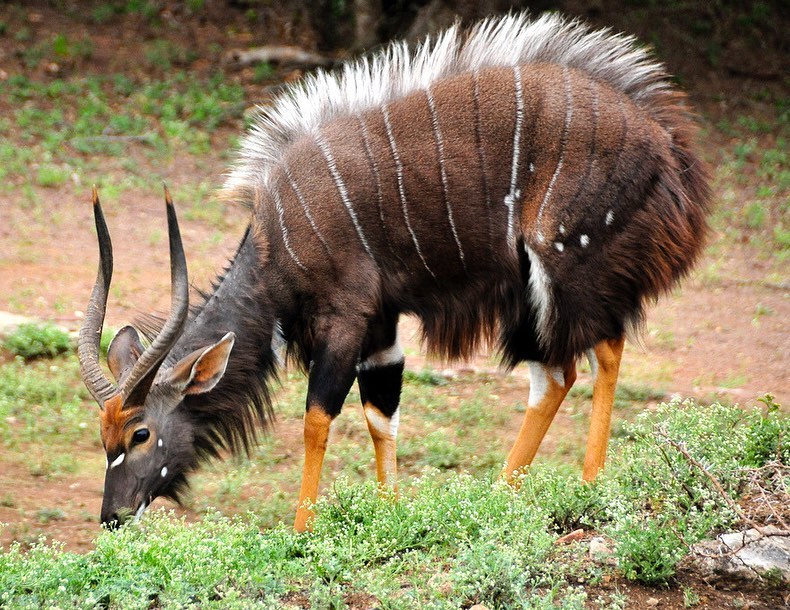
Inhabiting dense lowland woodlands and thickets, the nyala finds its home in southern Malawi, Mozambique, Zimbabwe, and eastern South Africa. Thriving in regions with quality grasslands and abundant fresh water, it also populates lush green river country. The nyala’s natural range spans southeast Africa, encompassing the Lower Shire Valley in Malawi through Mozambique and Zimbabwe to eastern South Africa and Eswatini. The distribution of the nyala may be influenced by genetic variation within the species.
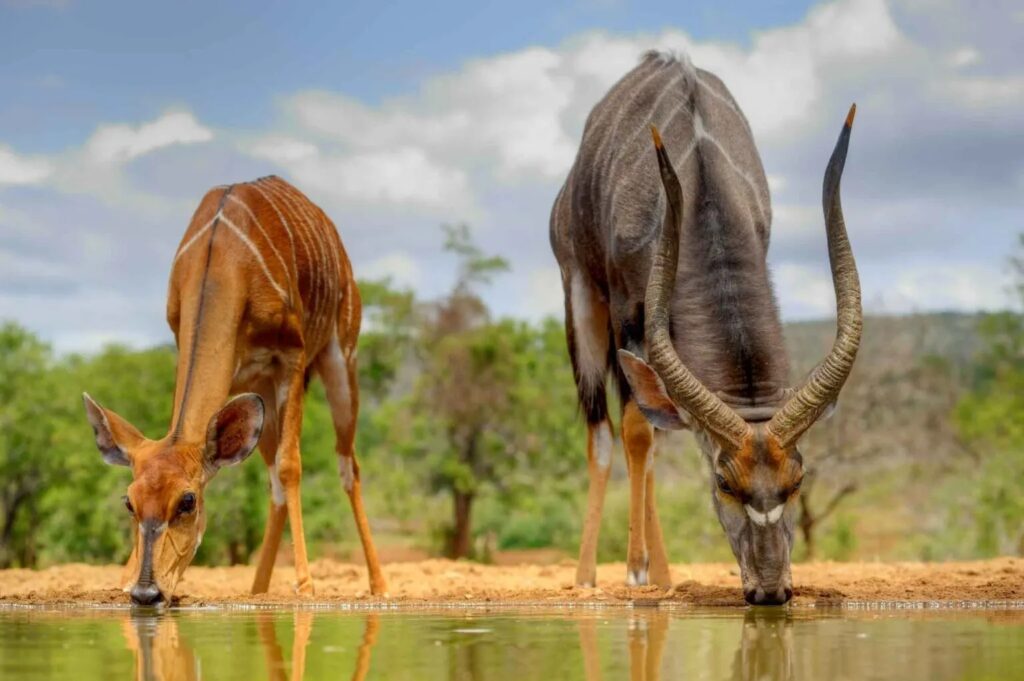
As herbivores, nyala sustenance includes a diet of foliage, fruits, and grasses. These creatures exhibit peak activity during the early morning and late afternoon, seeking refuge in shaded areas during the heat of the day. Natural predators, such as leopards, lions, and painted hunting dogs, pose a threat to the nyala population.
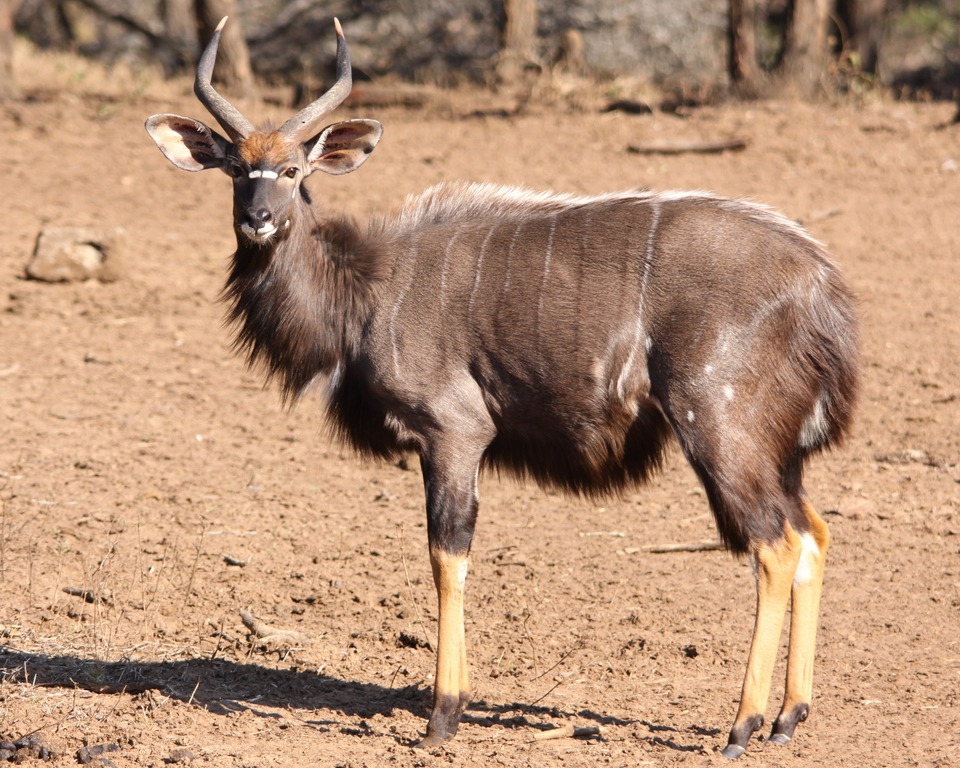
Characterized by its shy and cautious nature, the nyala prefers the safety of dense cover. Primarily nocturnal, these antelopes emerge under the cover of darkness to forage in open areas. Nyala are inherently social beings, forming groups of up to 30 individuals led by a dominant male responsible for protecting the group from potential threats.

While the IUCN Red List classifies the lowland nyala as Least Concern, its population faces challenges from habitat loss, hunting, and competition with livestock. Ongoing conservation efforts strive to safeguard both the nyala and its habitat, ensuring the species’ sustained existence.
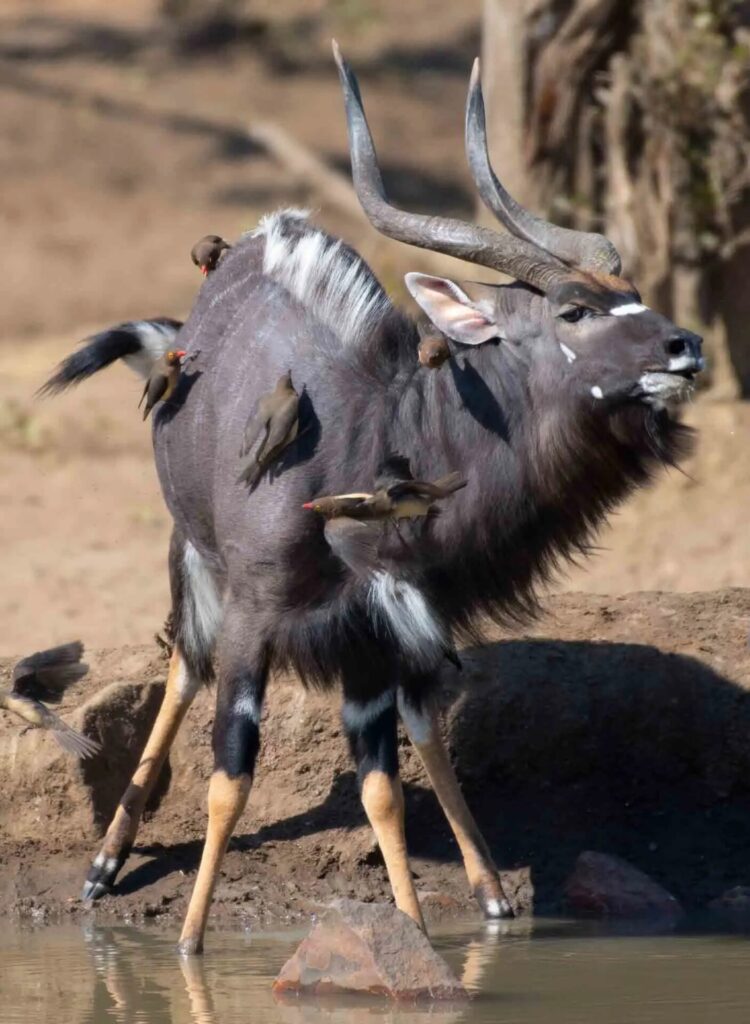
Nyala showcase impressive swimming abilities, often navigating rivers and lakes. With a potential lifespan of up to 15 years in the wild, these antelopes contribute to the ecological balance. Unfortunately, nyala are targets for poachers due to the value of their meat and distinctive horns.
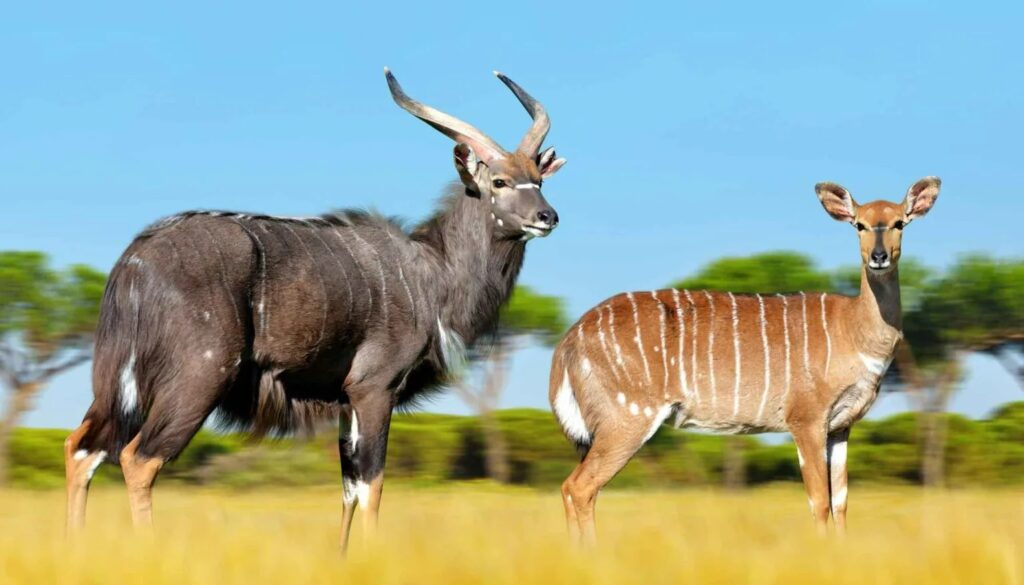
The lowland nyala represents not only a symbol of natural beauty but also a crucial component of the African ecosystem. By committing to the protection and preservation of this species, we contribute to the overall health and biodiversity of the African savanna, securing a future where the enchanting spiral-horned antelope thrives.

Leave a Reply